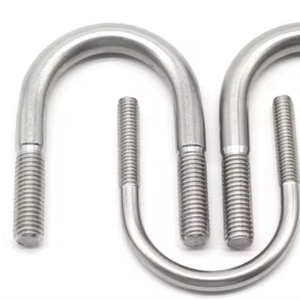
All categories
Featured selections
Trade Assurance
Buyer Central
Help Center
Get the app
Become a supplier














Bắt lấy. trục cuống máy kéo đi kèm với các tính năng công nghệ mới nhất. Các. trục cuống máy kéo từ Alibaba.com được cung cấp bởi động cơ điện, động cơ xe máy hoặc ô tô. Nó cung cấp một phương tiện di chuyển thoải mái, nhanh chóng và giá cả phải chăng. Các. trục cuống máy kéo mang lại trải nghiệm lái xe êm ái và dễ chịu với kích thước nhỏ giúp khả năng điều động giao thông.
Alibaba.com cung cấp các mẫu khác nhau của. trục cuống máy kéo. Các mô hình điện nhanh chóng và thân thiện với môi trường vì chúng không thải ra khí. Có những loại được chạy bằng động cơ ô tô, chúng có lợi ích vận chuyển hàng hóa và ổn định tốt hơn chỉ dành cho bạn. Các. trục cuống máy kéo có nhiều màu sắc đẹp mắt cho bạn lựa chọn. Các. trục cuống máy kéo thích hợp để sử dụng cá nhân hoặc với gia đình và bạn bè. Nó cũng lý tưởng cho việc kinh doanh, vận chuyển hàng hóa hoặc con người.
A. trục cuống máy kéo không chỉ cung cấp cho bạn một chuyến đi thoải mái và nhanh chóng mà còn là một cách an toàn để vận chuyển hàng hóa của bạn. Nó có các tính năng như cabin, phù hợp với nó để vận chuyển hàng hóa. Cưỡi trên a. trục cuống máy kéo đi làm hoặc đến cửa hàng cho phép bạn kết hợp tập thể dục với thói quen hàng ngày của mình. Những điều này giúp bạn tránh những biến chứng về sức khỏe. Có. trục cuống máy kéo dành cho người khuyết tật, được cung cấp bởi động cơ điện hoặc động cơ ô tô, giúp họ di chuyển mà không phải căng thẳng.
Hãy tận hưởng một chuyến đi nhanh chóng, vui vẻ và thoải mái bằng cách lợi thế của. Giao dịch trục cuống máy kéo từ Alibaba.com. Nó sẽ giúp bạn đi làm nhanh hơn, đi mua sắm và đồng thời cải thiện sức khỏe của bạn.